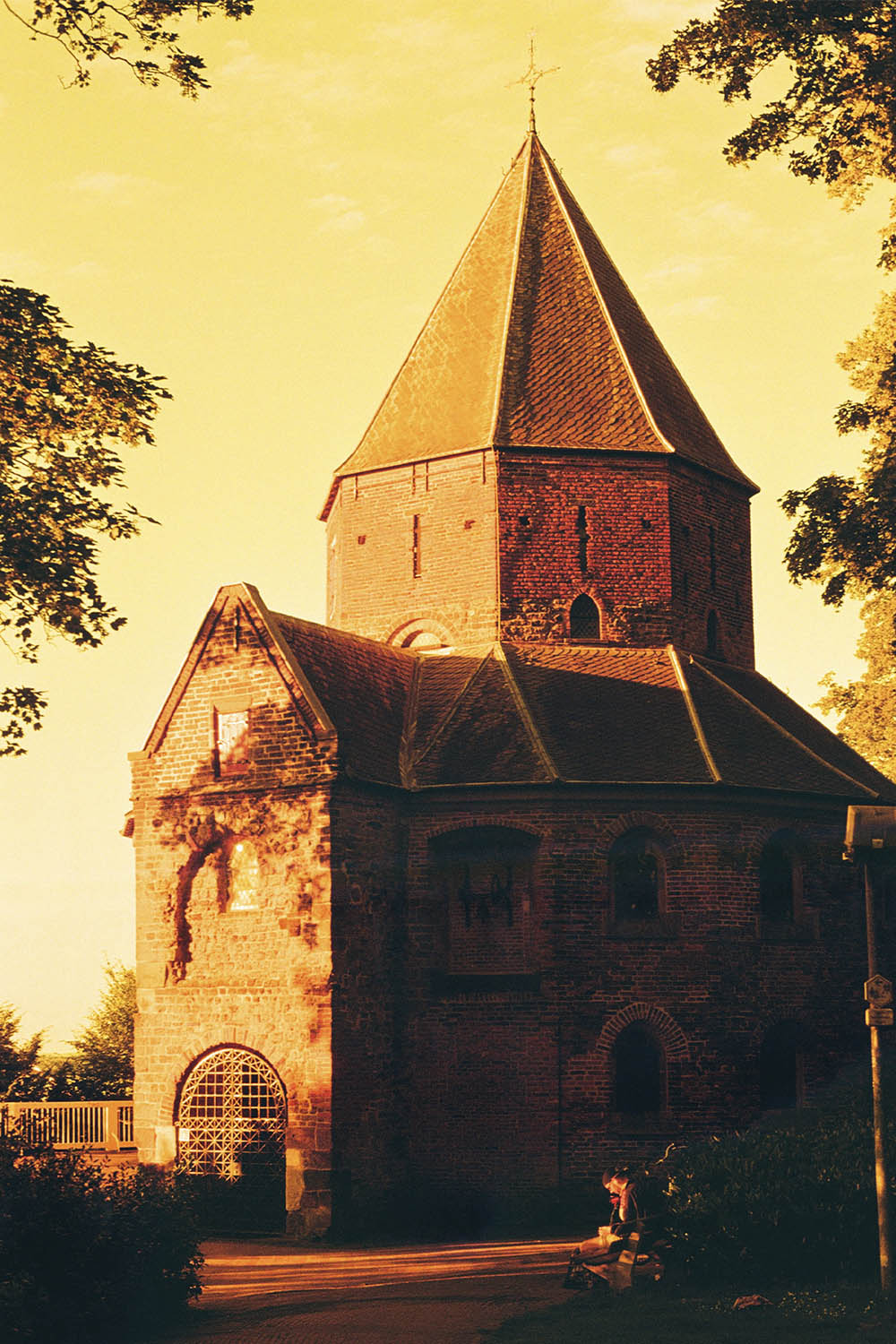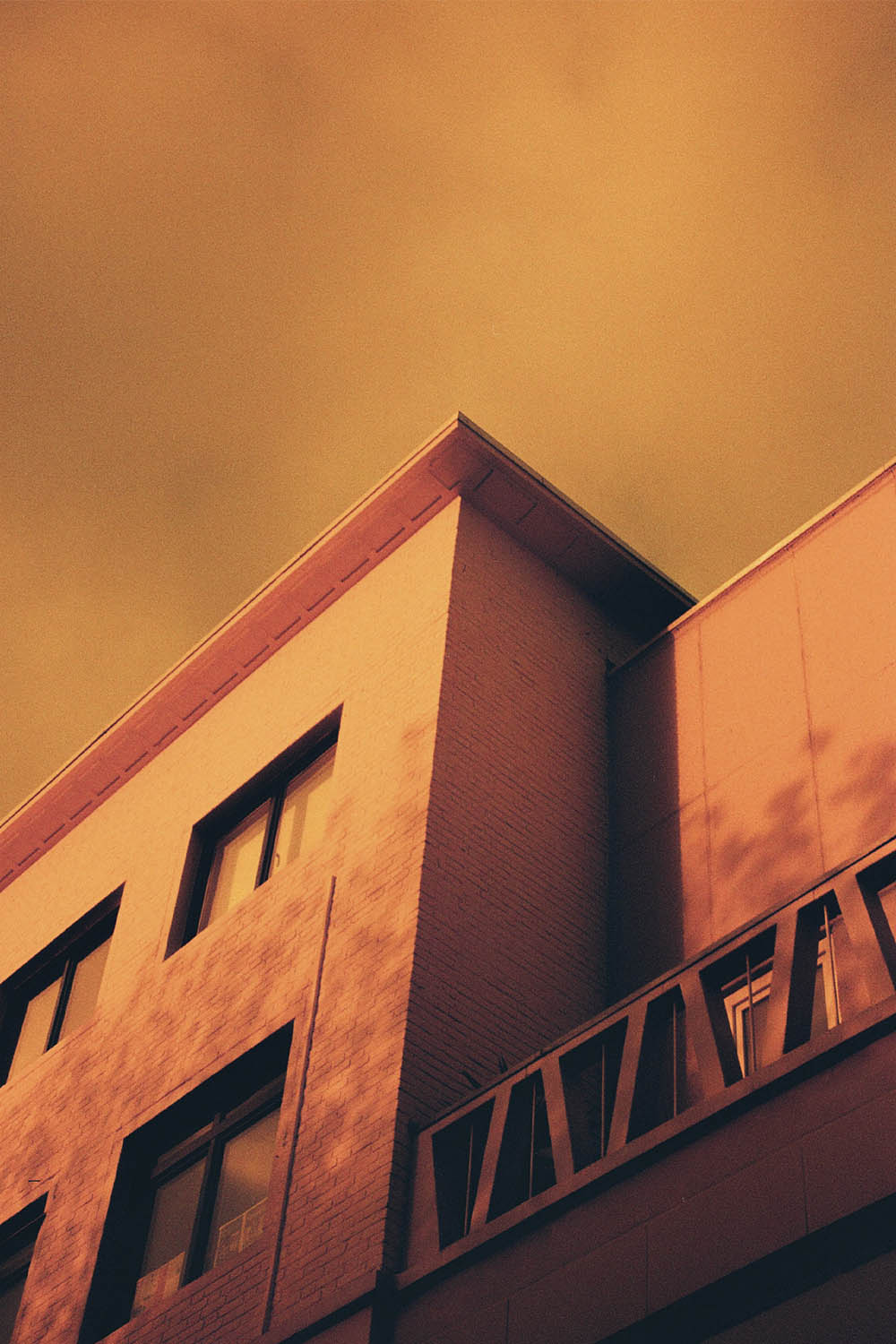Photography is a form of expression and creativity. Among the many creative methods that analog photographers can experiment with, shooting with, redscale film stands out for its distinctive aesthetic. If you see a photo shot with redscale you will instantly recognize it. In this blog post, we'll delve into what redscale film is, how to shoot with it, and some tips to get the best results.
What is Redscale Film
Redscale film is not a specific brand or type of film, but rather a technique that involves loading standard color negative film backward into your camera. This means that the light passes through the film's base layer before hitting the emulsion, causing the colors to shift dramatically The name "Redscale" comes from the characteristic warm and reddish hues that dominate the images produced with this technique.
A roll of (color)film is made out of different layers: green, blue and red layers, stacked on the film base, which has an orange color. When shooting redscale, the film is backwards so the light travels through the (orange) filmbase first. This results in the colors shifiting to more orange tones.
Something else to keep in mind is that normally the filmbase is there to also protect the film from making contact with the inside of the camera. Now that the roll is turned over, the sensitive (color)emulsion-layers are facing the back of the camera, so when it comes in contact with the camera you can get some scratches on your film and scans. But luckily that is not often the case.
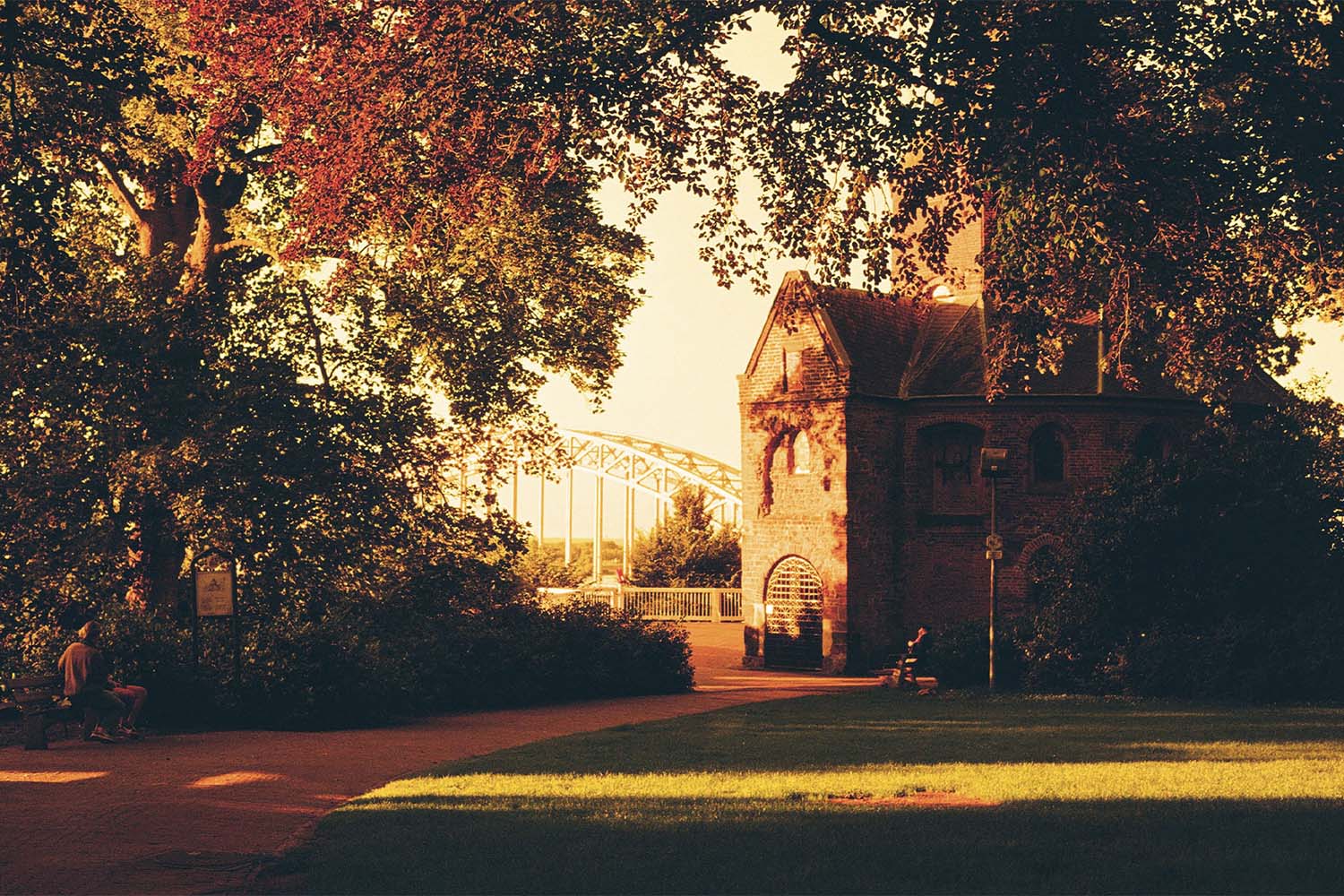 high contrast scene with harsh light gives you nice warm orange tones and a very sharp image overall.
high contrast scene with harsh light gives you nice warm orange tones and a very sharp image overall.
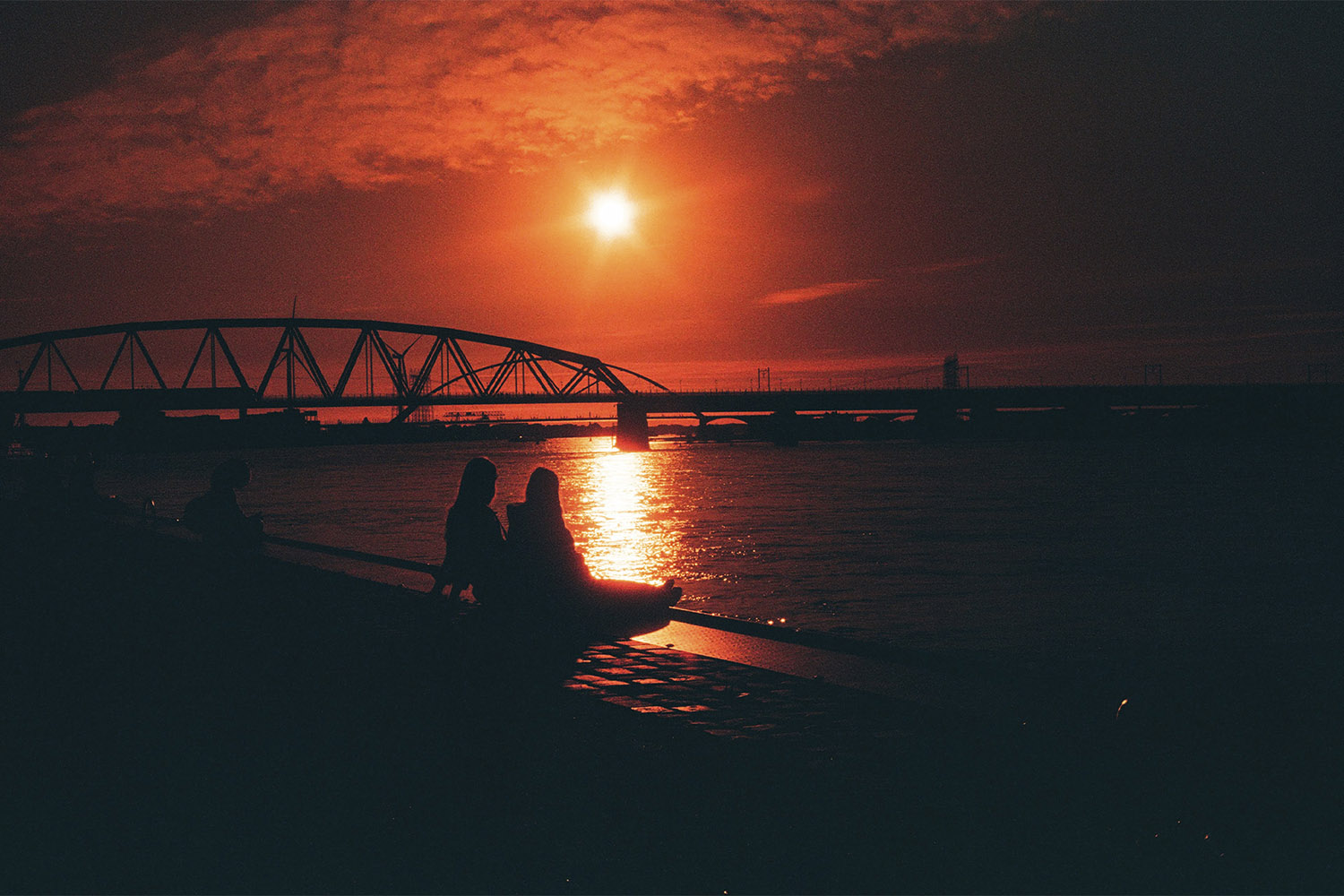 This photo was taken during sunset and was purposely underexposed, resulting in the red tones.
This photo was taken during sunset and was purposely underexposed, resulting in the red tones.
How to Redscale your own film
Redscaling your own film is very easy to do! All you need is a new filmroll (which you want to redscale), an empty filmcanister, a pair of scissors, tape and a lightproof changing bag. Check the video for a step by step tutorial.
- Grab an empty film canister and a roll of fresh film.
- Cut the leader of the fresh film.
- Tape the end of the fresh film turned over to the empty film canister
- Put the rolls inn a film changing bag
- Turn the knob of the empty film canister so the film goes into the empty canister.
- Leave a small piece out and cut a piece of the film to make a new film leader.
Alternatively, you can purchase pre-made redscale film from certain filmsuppliers if you prefer to avoid the DIY-method.
Shooting Redscale Film
If you redscale a roll of film you have to compensate for the fact that the light goes through the back of the film first. So it needs more light, therefore you need to push the film around 2-3 stops. This means you have to shoot a ISO 400 roll on ISO 100 or ISO 50 so it gets more light. You can play around with the way you expose the roll and how many stops you push it. If the film gets more light, you will get more orange and light tones. If the film gets less light, you will get dark red tones. So depending on the way you expose your roll you can get different vibes, nostalgic orange or ominous red etc.
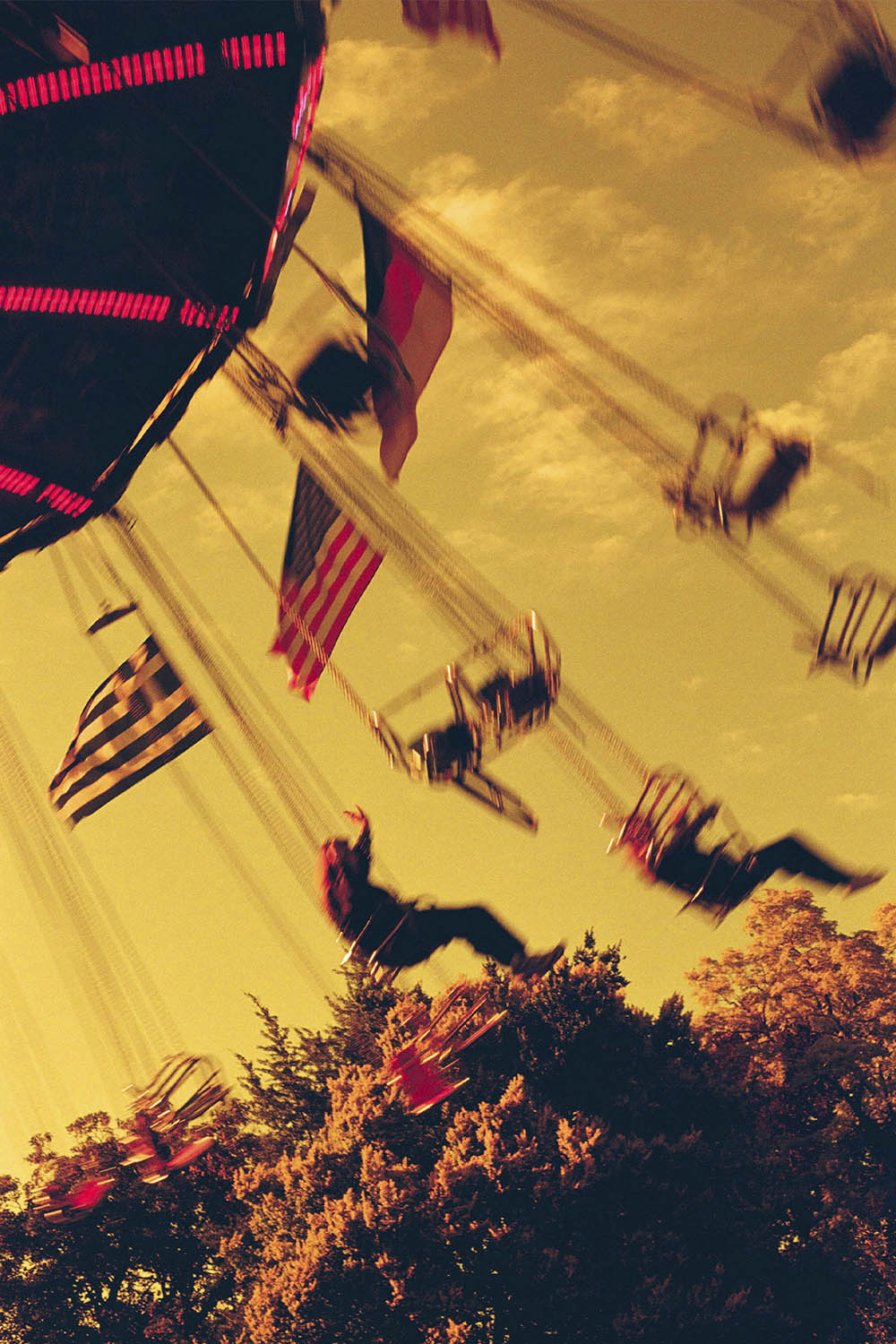 You can go for a nostalgic effect.
You can go for a nostalgic effect.
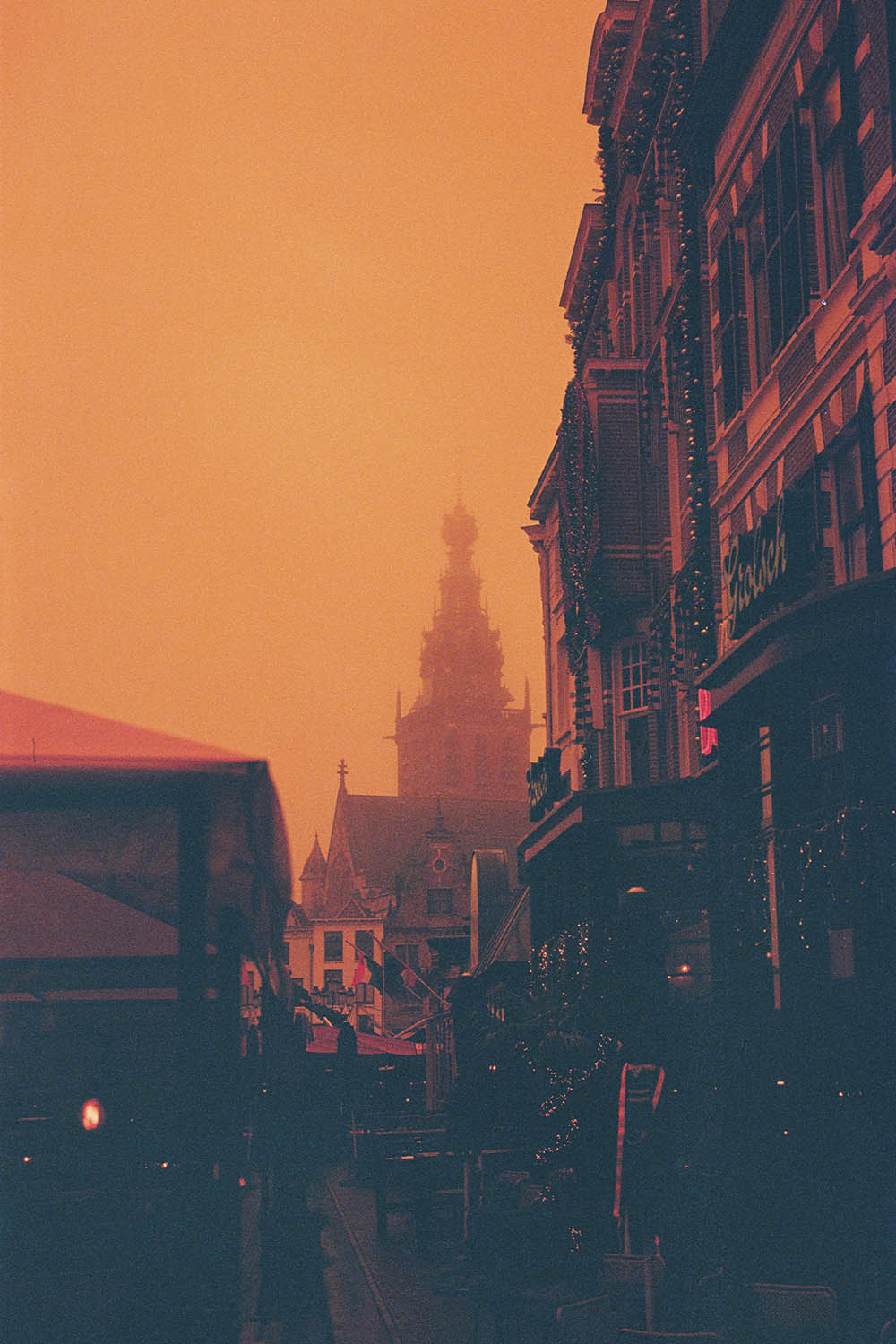 Or achieve an ominous effect in combination with mist.
Or achieve an ominous effect in combination with mist.
We found that shooting with a lot of sunlight or contrast in your composition wil give you nice contrast and preserve a lot of details in the pictures. We like shooting film that is originally ISO 400 on ISO 100 when it's redscaled.
Embracing the unpredictability
One of the most exciting aspects of shooting redscale film is its unpredictability. Each shot can vary greatly, even within the same roll of film. This unpredictability encourages a more experimental approach to photography, allowing for happy accidents and unexpected masterpieces.
Depending on the film you use to redscale, the results can vary. So that’s also something you can experiment with. Most of these photos were shot on redscaled ultramax 400.
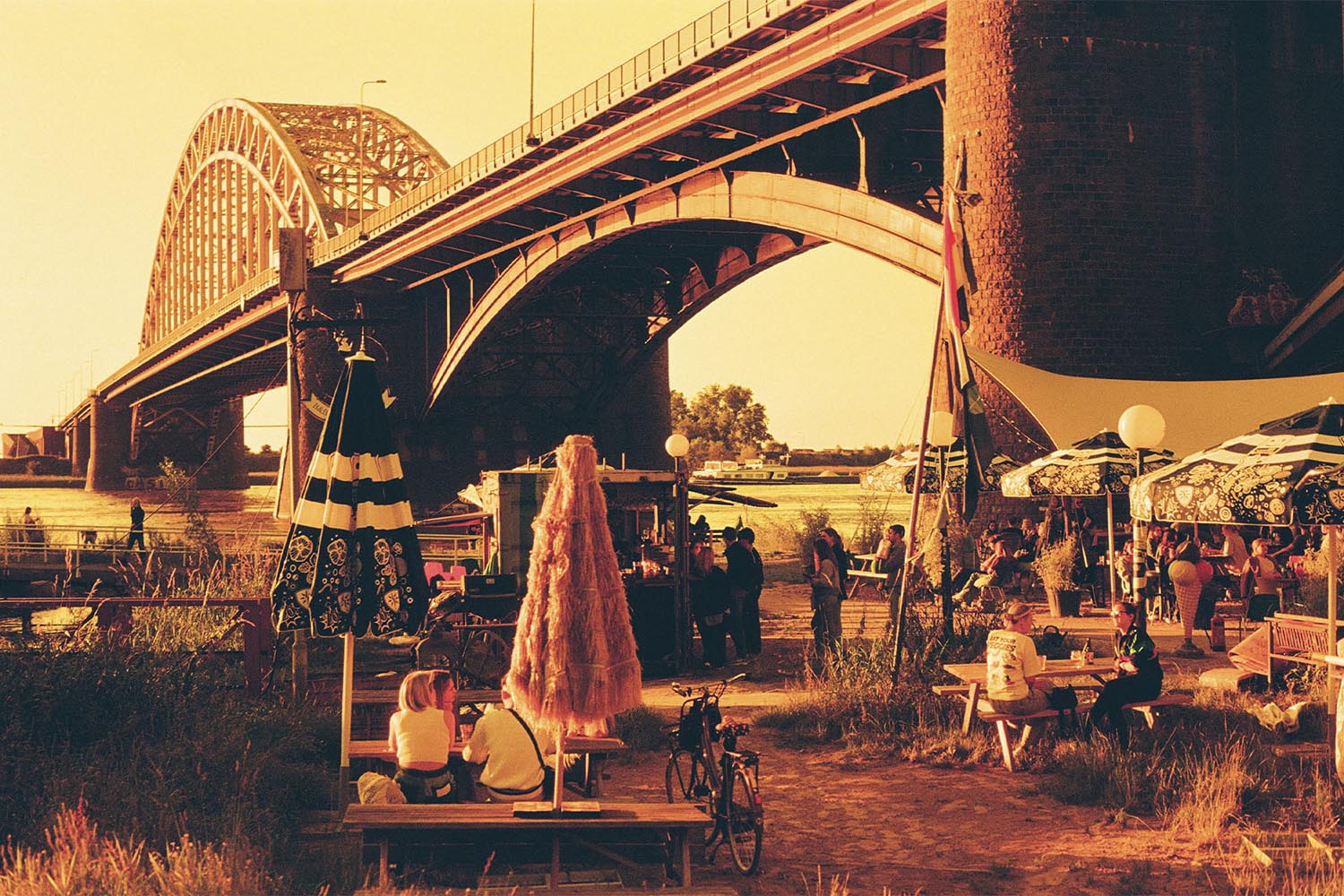 Different rolls have different results. This photo was shot with redscaled Ultramax 400.
Different rolls have different results. This photo was shot with redscaled Ultramax 400.
Conclusion
Shooting redscale is a fun way to achieve unique aesthetics and effects or get out of a creative rut and explore new options. Experiment with different exposures and lighting conditions to get various results. From dark red ominous clouds to nostalgic sepia tones. And try out different films to redscale. So start experimenting by redscaling your film!
